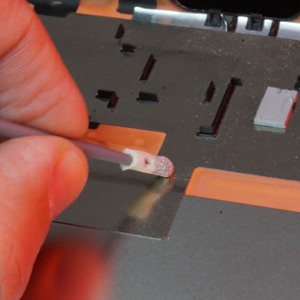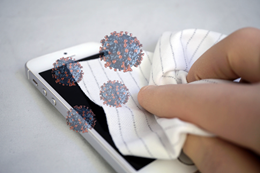Coventry Sealed Foam Swabs
Coventry™ Sealed Foam Swabs are constructed from reticulated 100 pores per inch medical grade foam which features the best open cell structure, providing excellent particle entrapment characteristics. The foam is thermally bonded to the swab handle without using adhesives. These swabs are the most economical and are ideal for general applications.
Features & Benefits
- The most cost-effective swabs for general-purpose applications
- 100 ppi reticulated medical-grade foam provides excellent particle entrapment
- The open-cell structure gives the best solvent holding capacity of any style of swab
- Free of adhesives or binders that could contaminate your process
- Fiberless construction does not generate particles
- Available Aqua-Prime™ processed
Applications
- Place and clean excess adhesives after gluing
- Remove contamination from connectors and drives
- Micro mechanical cleaning
- Maintenance and care of office equipment, electronic devices, printers, and copiers
- Remove flux residue from printed circuit boards
- Good for general purpose cleaning




